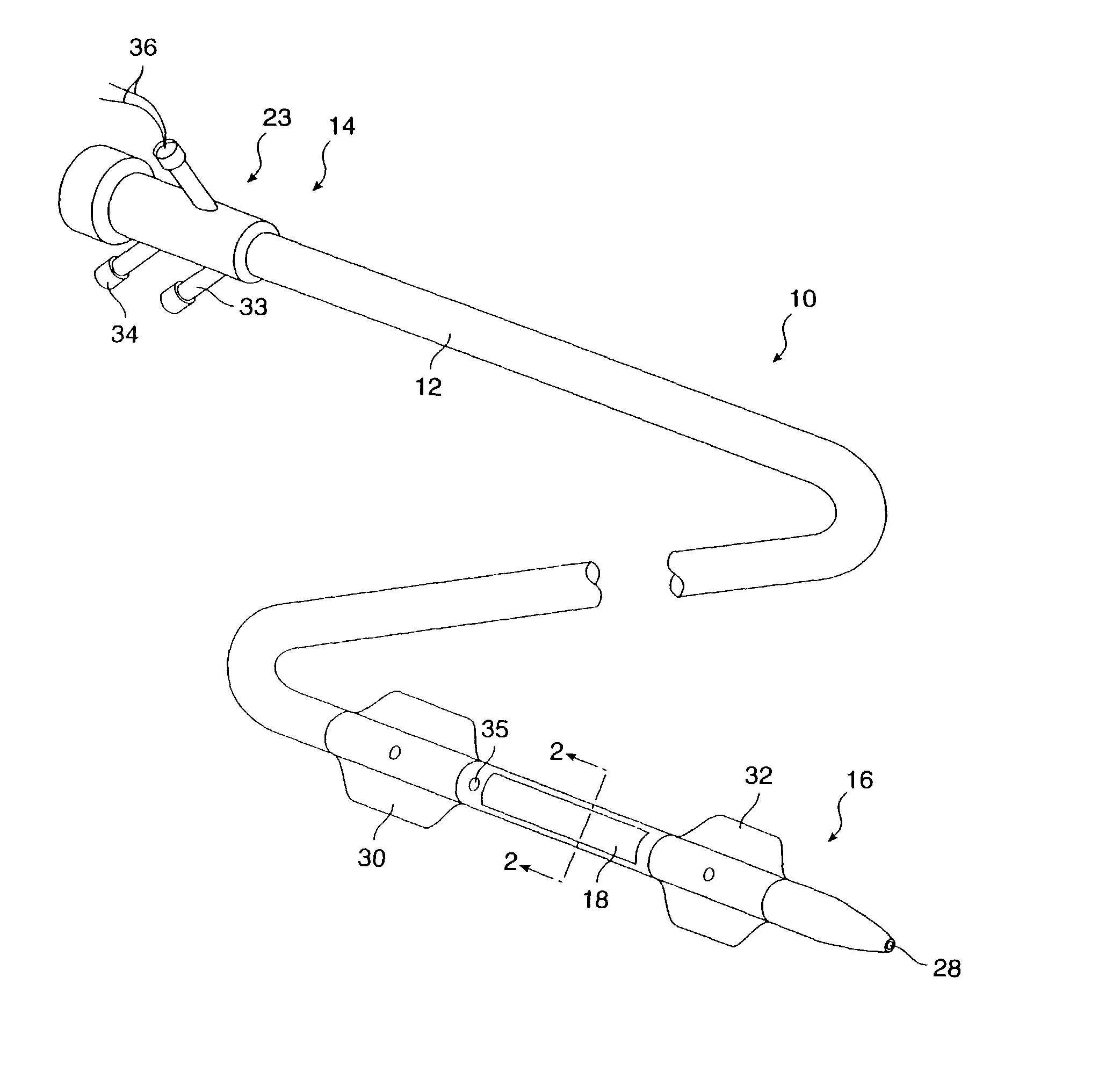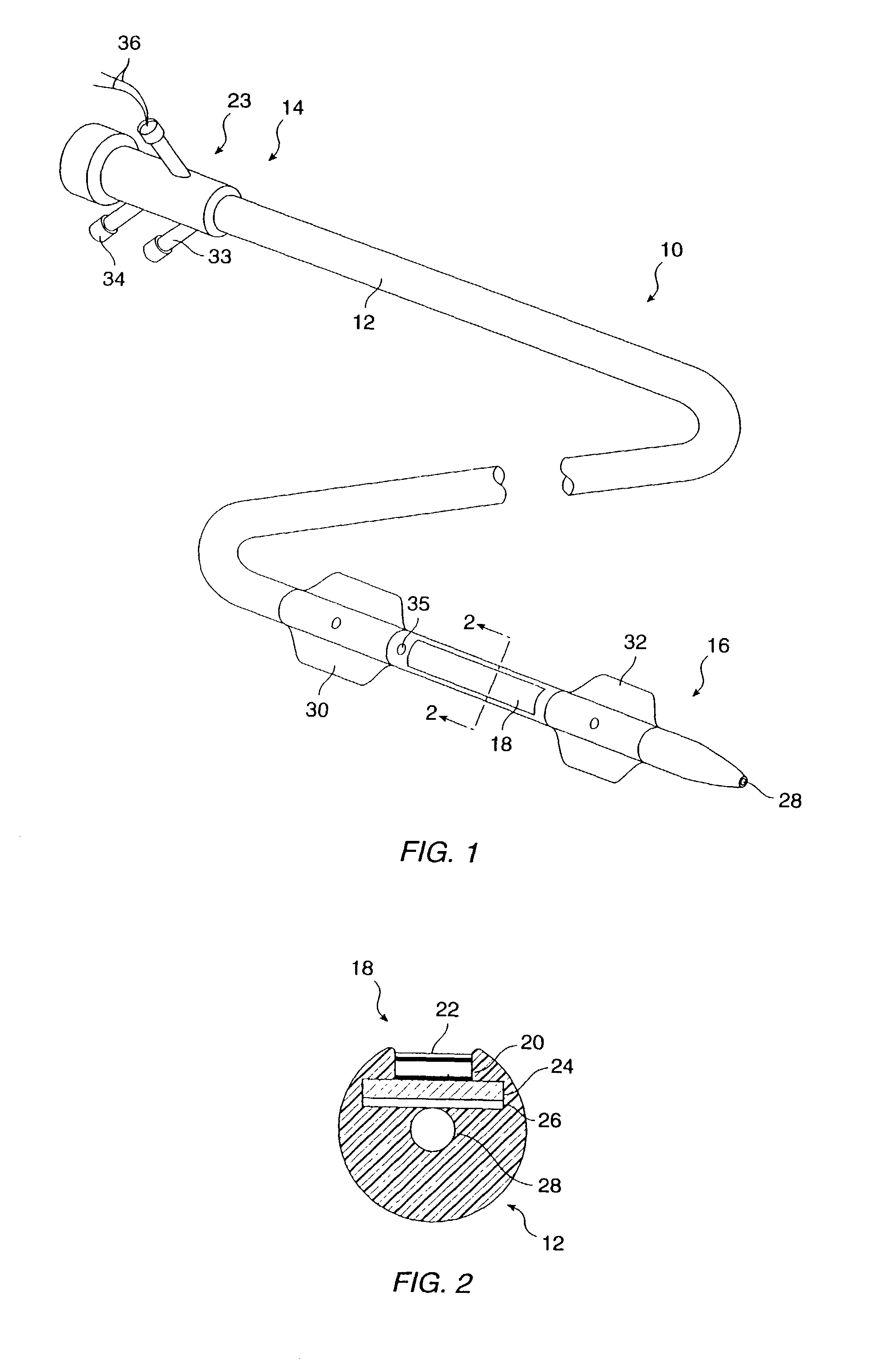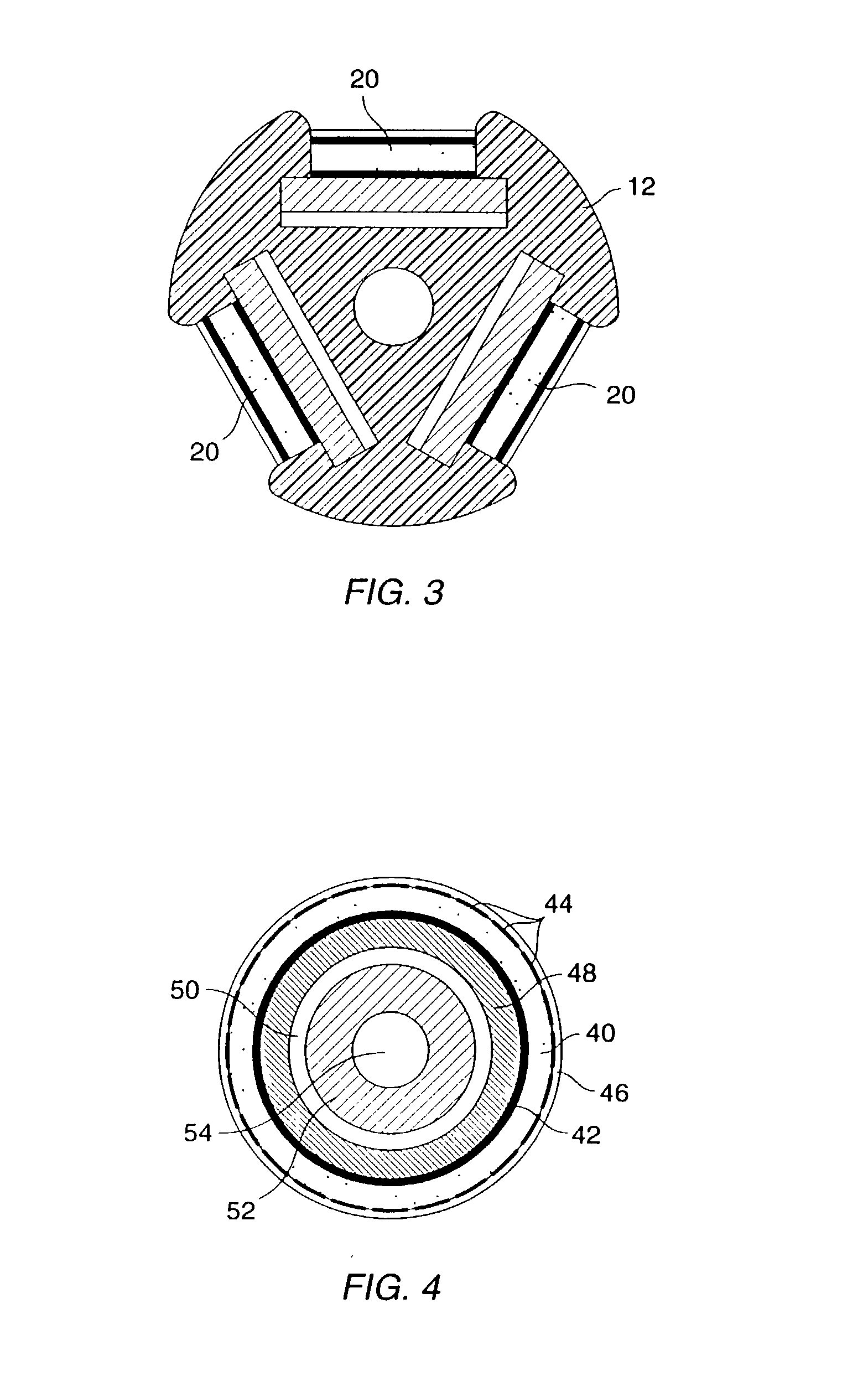Methods, systems, and kits for intravascular nucleic acid delivery
a nucleic acid and intravascular technology, applied in the field of medical methods and devices, can solve the problems of affecting the viability of vascular smooth muscle cells, and avoiding the use of viral vectors
- Summary
- Abstract
- Description
- Claims
- Application Information
AI Technical Summary
Benefits of technology
Problems solved by technology
Method used
Image
Examples
Embodiment Construction
[0043] 1. Methods
[0044] A. Cell Culture
[0045] Explant-derived porcine medial vascular smooth muscle cells (VSMCs) and enzyme-dispersed luminal endothelial cells (ECs) were obtained from the thoracic aorta of Yorkshire White cross pigs aged under 6 months and cultured on gelatin-coated tissue culture flasks (Costar) in Dulbecco's Modified Eagle Medium (DMEM) containing 10% porcine serum; EC cultures were supplemented with EC growth factor (20 .mu.g / ml; Sigma) and heparin (90 .mu.g / ml; Sigma).
[0046] B. Transfection Conditions
[0047] All transfections were for 3 h at 37.degree. C. in 24-well plates with cells at 60-70% confluence, and were stopped by dilution with 1 ml of fresh culture medium. Naked DNA transfections were carried out in 200 .mu.l DMEM containing 10% porcine serum and 7.5 .mu.g / ml luciferase plasmid DNA (pGL3, Promega) per well. Lipofections were carried out using Promega Tfx-50 (which contains DOPE), according to conditions optimized for VSMCs (200 .mu.l DMEM containing...
PUM
| Property | Measurement | Unit |
|---|---|---|
| Fraction | aaaaa | aaaaa |
| Fraction | aaaaa | aaaaa |
| Time | aaaaa | aaaaa |
Abstract
Description
Claims
Application Information
 Login to View More
Login to View More - R&D
- Intellectual Property
- Life Sciences
- Materials
- Tech Scout
- Unparalleled Data Quality
- Higher Quality Content
- 60% Fewer Hallucinations
Browse by: Latest US Patents, China's latest patents, Technical Efficacy Thesaurus, Application Domain, Technology Topic, Popular Technical Reports.
© 2025 PatSnap. All rights reserved.Legal|Privacy policy|Modern Slavery Act Transparency Statement|Sitemap|About US| Contact US: help@patsnap.com



